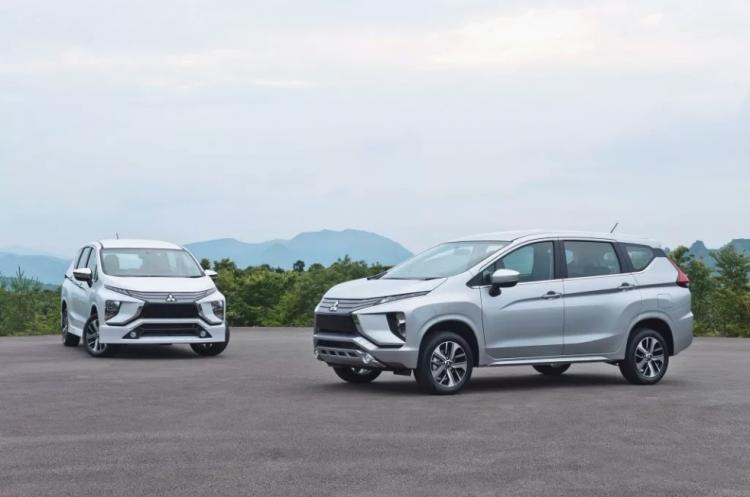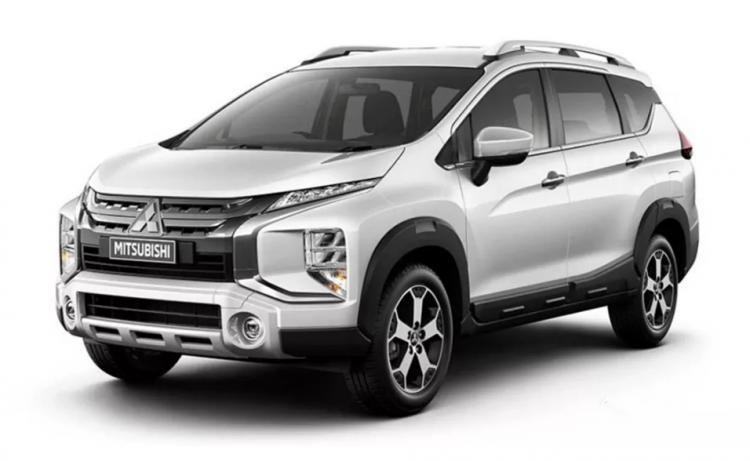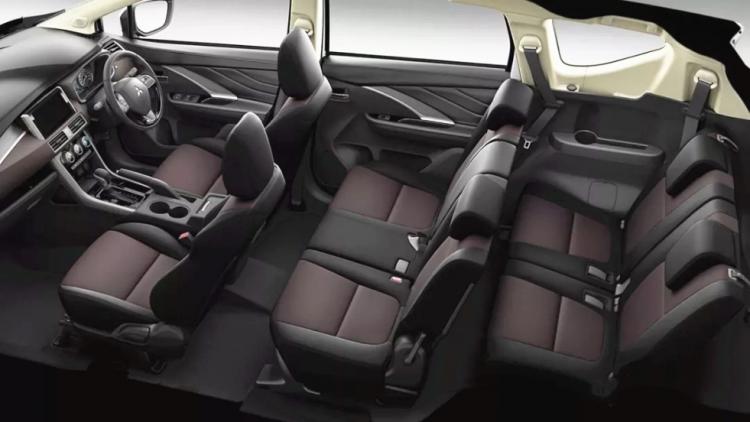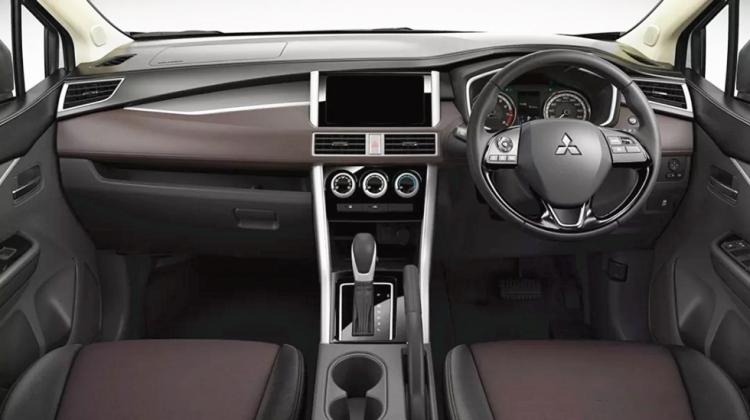In 2017, Mitsubishi released a new small seven-seat MPV Xpander in the Southeast Asian market. From the perspective of positioning, Mitsubishi Xpander, which focuses on the Southeast Asian market, is similar to the domestic Wuling Hongguang, emphasizing the convenience of low cost and large space. The high ground clearance design emphasized in the Southeast Asian market also made the Mitsubishi Xpander somewhat look like a small crossover in terms of vehicle posture.

The Mitsubishi Xpander, which debuted in 2017, is currently the fourth best-selling model under Mitsubishi. In 2018, Mitsubishi Xpander brought sales of 104,000 vehicles to Mitsubishi. Although such sales are not worth mentioning in front of Wuling Hongguang, this somewhat gives Mitsubishi hope.
However, for Mitsubishi Xpander’s high ground clearance product setting, Mitsubishi obviously does not think it is wild enough, because recently Mitsubishi officially released a cross-border version of Xpander – Xpander Cross. After some further cross-border improvements, the SUV image of Xpander Cross has become more specific.

Similar to similar models in the Southeast Asian market, the new Mitsubishi Xpander Cross puts the main changes in the enhancement of the off-road protection kit and the further improvement of the ground clearance. Compared with the regular version of Mitsubishi Xpander, the Xpander Cross released this time has further increased the ground clearance by 20 mm, bringing it to a level of 225 mm.
What kind of concept is this? The minimum ground clearance of the Prado is only 225mm. The higher ground clearance greatly improves its passing ability. The matching wheels also use 17-inch wheels.

In the lower part of the body, Mitsubishi Xpander Cross has added a full set of small enclosure off-road protection kits, which also increases the length of the body by nearly 50 mm. However, this did not fundamentally change the short board of its insufficient undercarriage tension, and it became even thinner after increasing the ground clearance.

The internal design of the Mitsubishi Xpander Cross is no different from that of the normal version. The layout of the three-row seven-seater is quite spacious under the design of the small wheel mouth and four-wheel corners. The second-row seats offer a 60:40 split, while the third row offers a 50:50 split. With all three rows of seats open, the trunk can still accommodate a small stroller.

In terms of power, the Mitsubishi Xpander Cross is still equipped with a 1.5L naturally aspirated engine with a maximum output of 103 horsepower and a maximum torque of 141 Nm. It is matched with a five-speed manual or four-speed automatic transmission, and the driving form is a transverse front drive.
In terms of market, the brand new Mitsubishi Xpander Cross is still focused on the Southeast Asian market. As Wuling begins to gradually enter Southeast Asia, a story of the back wave over the front wave is about to be staged.




